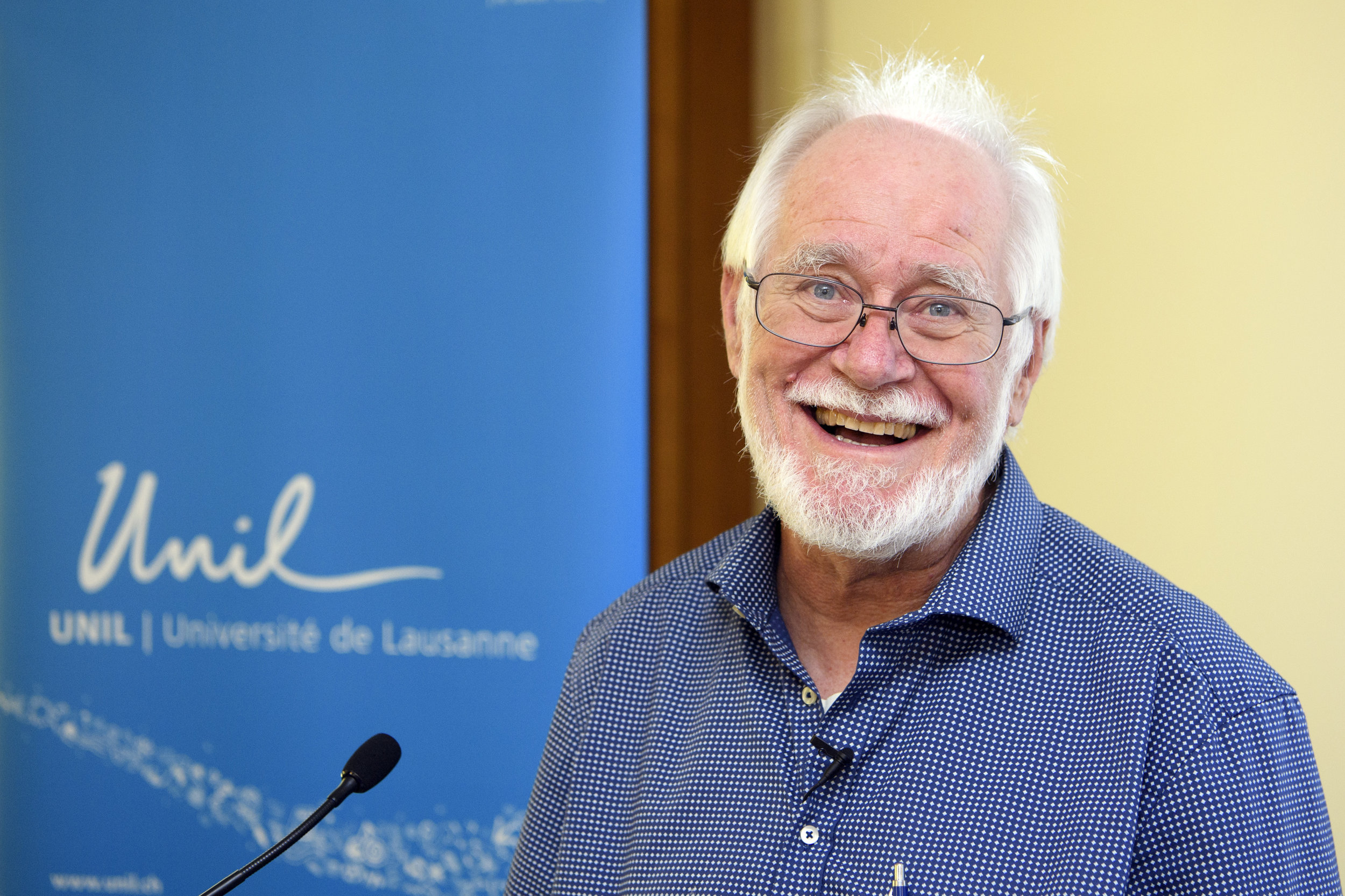In step toward controlling chemistry, physicists create a new molecule, atom by atom
/For the past 200 years, scientists have been observing the natural chemical reactions that occur in our environment- from food and drugs to living organisms to develop rules and gain a better grasp of chemistry. A universal rule in chemical reactions is the “octet rule”, stating that each and every atom in a molecule that is made by a chemical reaction will have eight outer orbiting electrons. Scientists have found out exclusions to the octet rule, but those exclusions are rare.
In recent events, the molecule that was created by a University of California, Los Angeles (UCLA) professor, Eric Hudson and with the help of his colleagues, Christian Schneider, a UCLA research scientist; Ionel Simbotin, a University of Connecticut physics postdoctoral scholar; John Montgomery Jr., a University of Connecticut research professor of physics; Robin Côté, a University of Connecticut professor of physics; and Arthur Suits, a University of Missouri professor of chemistry breached that rule.
They discovered a new method for creating a unique molecule that can be potentially applied in medicine, food science, and other relating fields. The research shows how chemical reactions can be observed on a microscopic scale using tools of physics. Barium-Oxygen-Calcium or BaOCa+, is the first ever molecule that was observed by scientists that are composed of an oxygen atom bonded to two different metal atoms. Generally, one metal atom can only react with an oxygen atom to produce a stable molecule. Yet, the scientists at UCLA added a second metal atom and produced a new molecule, BaOCa+, in which the octet rule is no longer fulfilled. There have been numerous observations using other molecules that could violate the octet rule, but the researched conducted by the UCLA scientist is the first to be observed using tools from physics like ion traps, laser, and ultra-cold atom traps.
Under these highly controlled conditions, the scientists could observe properties of the atoms and molecules that are otherwise hidden from view, and the physics tools they used enabled them to hold a sample of atoms and observe chemical reactions one molecule at a time. In Hudson’s laboratory, to cool tiny amount of the reactant atoms and molecules, he used laser light with extremely low temperature and then float them into a space smaller than the width of a human hair, inside of a vacuum chamber. The ultra-cold temperatures used in the experiment can also be used to simulate the reaction as it would occur in outer space. This approach is part of a new physics-inspired subfield of chemistry that uses the tools of ultra-cold physics, such as lasers and electromagnetism, to observe and control how and when single-particle reactions occur.
According to Hudson, the research could help scientists understand how certain complex molecules, including some that could be precursors to life, came to exist in space. The researchers found that when they brought together calcium and barium methoxide inside of their system under normal conditions, no reaction would occur because the atoms could not find a way to rearrange themselves to form a stable molecule. However, when the scientists used a laser to change the distribution of the electrons in the calcium atom, the reaction quickly proceeded, producing a new molecule, CaOBa+.
UCLA graduate student Prateek Puri, the project’s lead researcher, said the experiment demonstrates not only how these techniques can be used to create exotic molecules, but also how they can be used to engineer important reactions. The discovery could ultimately be used to create new methods for preserving food by preventing unwanted chemical reactions between food and the environment or developing safer medications by eliminating the chemical reactions that cause negative side effects.
"Experiments like these pave the way for developing new methods for controlling chemistry," Puri said. "We're essentially creating 'on buttons' for reactions."
Hudson hopes the work will encourage other scientists to further narrow the gap between physics and chemistry and to demonstrate that increasingly complex molecules can be studied and controlled.
One key factor to the success of the new study was the involvement of experts from various fields: experimental physicists, theoretical physicists, and a physical chemist. The device enables us to detect and identify the products of reactions on the single-particle level, and it has created a new bridge between the fascinating fields of chemistry and physics.
---
JOURNAL REFERENCE:
- Prateek Puri, Michael Mills, Christian Schneider, Ionel Simbotin, John A. Montgomery, Robin Côté, Arthur G. Suits, Eric R. Hudson. Synthesis of mixed hypermetallic oxide BaOCa from laser-cooled reagents in an atom-ion hybrid trap. Science, 2017; eaan4701 DOI: 10.1126/science.aan4701
SOURCES:
1.http://newsroom.ucla.edu/releases/step-toward-controlling-chemistry-physicists-create-new-type-molecule-atom-by-atom
2.https://www.thesciencemic.com/feed-items/in-step-toward-controlling-chemistry-physicists-create-a-new-molecule-atom-by-atom


















